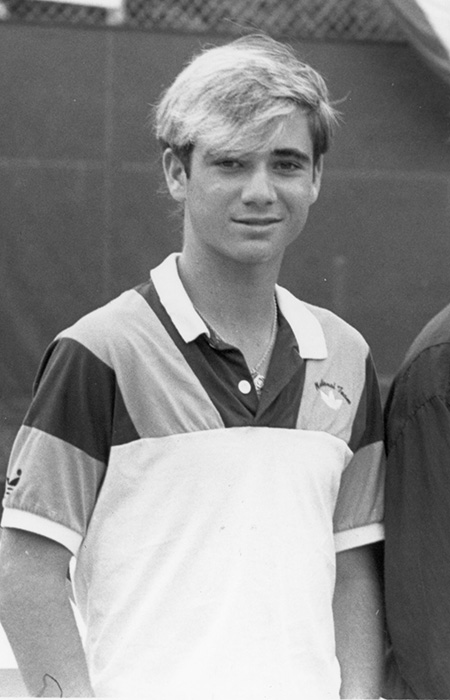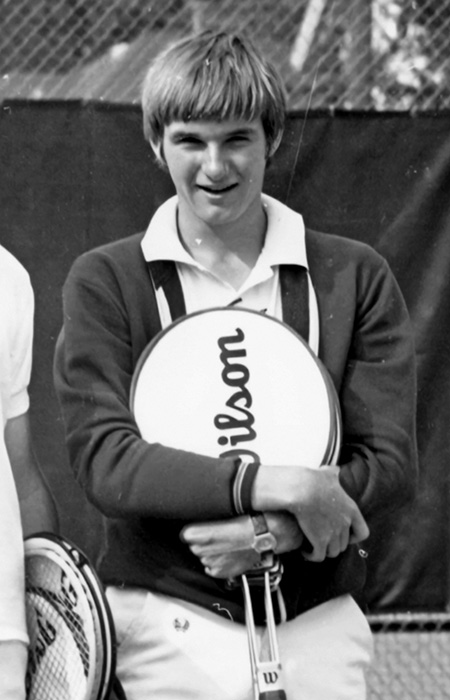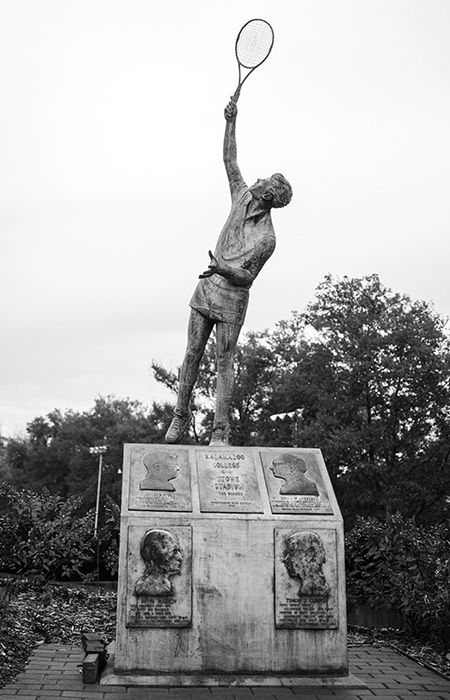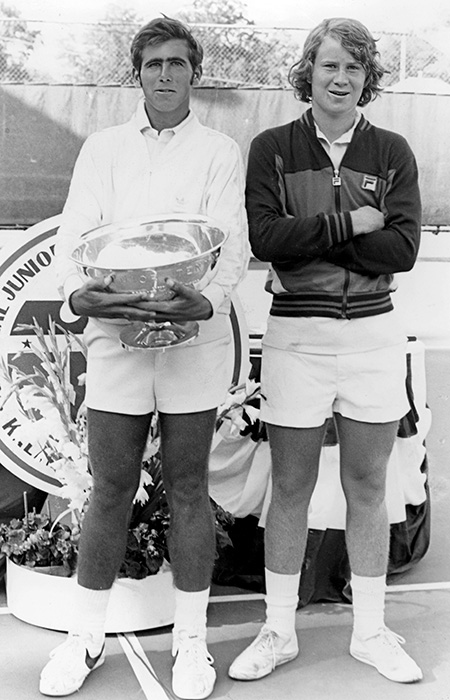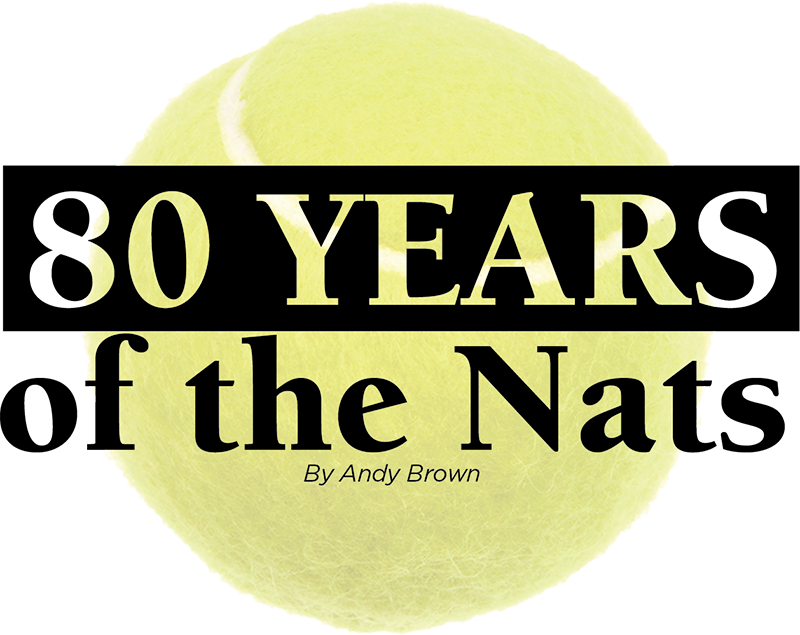
An internationally acclaimed athletic showcase with a longer history than sporting events such as the Super Bowl, the College World Series and the Daytona 500 celebrated its 80th anniversary at Kalamazoo College last summer.
The USTA Boys 18s and 16s tennis tournament—known for welcoming legendary tennis greats such as Andre Agassi, Arthur Ashe, Michael Chang, Jimmy Connors, Jim Courier, John McEnroe, Andy Roddick, Pete Sampras and Stan Smith as teenagers—attracted nearly 500 outstanding juniors from around the country to Stowe Tennis Stadium August 4–13.
National and international tournaments, world rankings, regional and sectional tournaments, and play throughout a professional season qualified junior athletes for the tournament. And after 10 days of challenging competitions, the ultimate winners in singles and doubles earned national championship titles, with the 18s champions in singles and doubles winning automatic bids to the main draw of the U.S. Open.
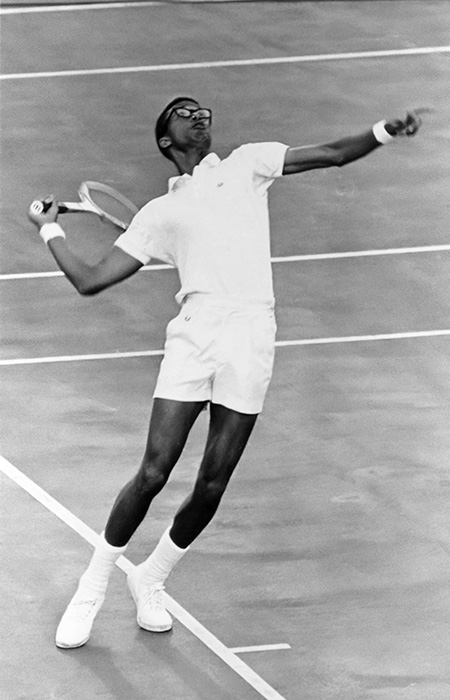
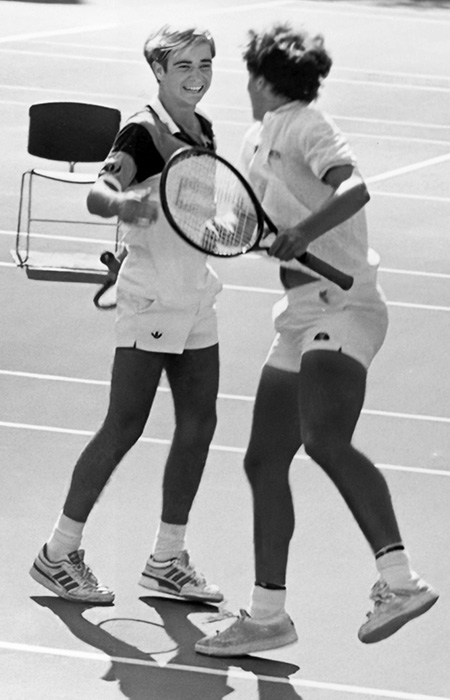
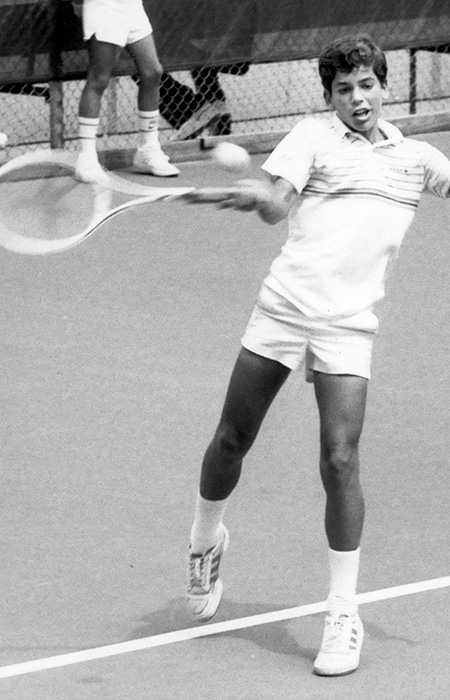
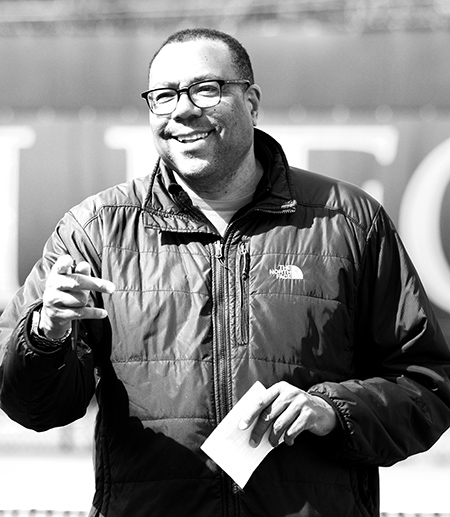
“This tournament means that the best come through our community, and it gives them a great experience,” said K men’s tennis coach and USTA tournament director Mark Riley ’82. “A lot of times, when you’re playing junior tennis and going to some exclusive clubs, it’s almost like the members can’t wait for you to leave because you’re getting in the way of their tennis. In Kalamazoo, we don’t want them to leave. Players come here, people pay to watch junior tennis here, and it’s an exciting week.”
The first USTA boys’ tournament was conducted at K in 1943 with 90 players on five synthetic turf courts where the Anderson Athletic Center now stands. In 1946, to ensure the tournament stayed in Kalamazoo, a new $5,000 stadium was constructed and named after Allen B. Stowe. Stowe was the tournament’s first Kalamazoo director. He also was a K professor and tennis coach, ultimately leading his teams to 18 consecutive Michigan Intercollegiate Athletic Association titles.
Since then, thousands have supported tournament operations over the years. Yet Riley is just one of four directors in the tournament’s history—along with Stowe, Rolla Anderson and Timon Corwin—in a testament to its endurance.

“When I think about the longevity of this tournament, I think about all the things that have happened in America and the world in its 80 years including the pandemic, World War II and the civil rights movement,” Riley said. “Also, I think about all the people that have made this tournament work, and there’s been thousands of them. It’s an honor for me to be a person who can help make this tournament stay and be a great thing for our community.”
Riley began his coaching career at Drake University in Iowa in 1994 before moving on to the University of Kansas in 1997 and the University of Pennsylvania in 2000. He returned to Kalamazoo in 2007 while taking the tournament’s reins. The coaching opportunities at K and the University of Pennsylvania both were desirable for him, but the opportunity to be the USTA Boys 18s and 16s tournament director convinced him to come home to his alma mater.
Riley was a college tennis standout as a player at the University of Pittsburgh before transferring to K after his first season. He was a Division III All-American and two-time captain at K under coach George Acker, playing at No. 2 singles and No. 1 doubles, and earning Michigan Intercollegiate Athletic Association most valuable player honors his senior season. In NCAA Division III singles competition, Riley was ranked No. 16 in 1981 and No. 10 in 1982. He was seeded fifth in the 1981 doubles and seventh in 1982. After college, Riley was a world-ranked tennis player from 1984 to 1988, and in 1985, he was an American Tennis Association Doubles Champion.
Now, he ensures the USTA Boys 18s and 16s tournament leaves an indelible mark on the tennis world and on Kalamazoo’s economy each year while showcasing some of the sport’s top young athletes.
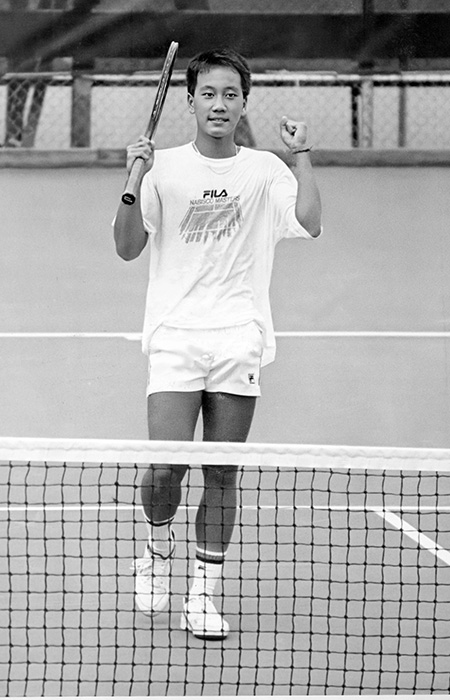
“Like in any business, or anything you do well, you make people feel like they’re the only ones in the room,” Riley said. “I learned that from the volunteers. Even with the little things like answering questions about where to go to eat, it opens our arms and says, ‘We want you to enjoy this. We believe we live in a great place and we want you to experience it in a certain way.’ Following the details makes it work. I have players who thank me, our volunteers, and our community for making it a special experience. And they say they start working the day after the tournament to come back because they realize how difficult it is to be here and they want to have the experience again.”
To further the tournament’s excitement, Riley and tournament volunteers this year set up an alumni weekend, where past players had get-togethers and opportunities to informally play at Stowe Stadium. For a second year, an exhibition featured the best wheelchair junior tennis players. Mix these experiences with some Kalamazoo hospitality and the famous blueberries and cream from the concession stand—a nod to the strawberries and cream of Wimbledon with a Michigan twist—and the tournament has a recipe for success that will hopefully bring the tennis community together in Kalamazoo for the next 80 years.
“The tournament is a way for people from all over the country, and really all over the world, to see and experience what Kalamazoo has to offer as a place to live and work,” Riley said. “I just feel fortunate that we have good leadership, making the tournament a great thing for our community. As long as our community thinks it’s a great thing, I’m sure the USTA and others will make sure that we get to host it every year. It’s one of the few places anywhere in the world where people come and pay just to see junior tennis. When you have a chance to attend, come daily or buy a pass that gets you in through the week. We welcome everybody.”
USTA Through the Years

Ninety players compete in the first tournament on five synthetic turf courts where the Anderson Athletic Center is now.

For $5,000, Kalamazoo constructs a new stadium and names it for Dr. Allen B. Stowe, the first director of the National Junior Boys’ Tennis Championships in Kalamazoo (1943-1957).
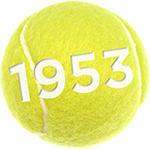
Tournament finals are broadcast for the first time by WKZO-AM radio.
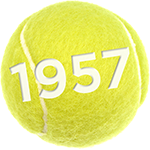
Rolla Anderson succeeds Stowe as the tournament director.
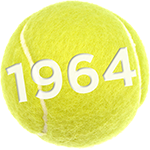
Stowe Stadium is rededicated after the original red-clay surfaces are replaced by green-and-white all-weather courts. Lights are added with a total of 438, 1500-watt bulbs on eight steel poles.
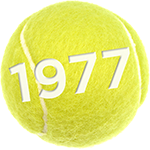
Ramesh Krishnan is the first foreign entrant to win the 16-and-under division singles title.
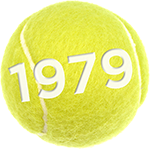
Stowe Stadium undergoes a renovation with the addition of courts 10 and 11.

ESPN televises the tournament for the first time.

Thomas S. Markin Racquet Center opens. A record gallery, estimated in excess of 6,000, packs Stowe Stadium to see the exhibition featuring Andre Agassi, ranked No. 4 in the world, against Mats Wilander, ranked No. 3.

David Markin serves as the official tournament referee for the 15th year. It is the first time in the tournament’s history that a USTA president has doubled as a tournament referee.

A statue of a young tennis player hitting an overhead, created by noted Kalamazoo sculptor Kirk Newman, is unveiled. ESPN and USA television networks film tournament features for future use.

Anderson retires and is succeeded by Timon Corwin. Corwin was an NCAA Division III Singles Champion while a student at Kalamazoo College.

The tournament increases to 10 days with 950 matches, 499 at WMU Sorensen Courts and 451 at Stowe Stadium.
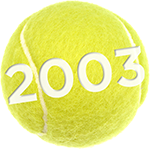
USTA President Alan Schwartz states, “This tournament is the class of junior tournaments in the world.” Schwartz does not foresee the Nationals leaving Kalamazoo under his or any succeeding presidency.

The USTA allows pros in the tournament for the first time, providing they meet the age requirements.

Chair umpires are assigned to all matches for the first time in tournament history. Jim Courier and company film a documentary Unstrung, which was released in 2007.

A new blue surface greets tournament contestants at the 11-court Stowe Stadium, the four Markin Center indoor courts and the newly renovated upper eight courts at Western Michigan University’s Sorensen Courts.

New tournament director Mark Riley and official referee Darrell Davies take over. Professional player and Davis Cup Coach Patrick McEnroe visits the tournament and speaks at the volunteer luncheon.

Stowe Stadium is outfitted with new mesh canopies over the seating area as well as a new tower public address system.

K resurfaces all 11 courts at Stowe Stadium as well as the parking lot. New fencing also was erected for the first time in 50 years.

USTA Boys 18s and 16s Nationals introduces livestreaming of featured matches.

The community celebrates 75 years of the Nationals in Kalamazoo. Former players Andy Roddick and Michael Russell returned to play an exhibition before a sellout crowd. Roddick won the 1999 USTA Boys’ 18s doubles national championship and was the 1998 runner-up in the Boys’ 16s singles tournament. Russell won the 1994 USTA Boys’ 16s national championship.

All courts at Stowe Stadium are livestreamed through the tournament website at USTABoys.com.
Source: ustaboys.com
